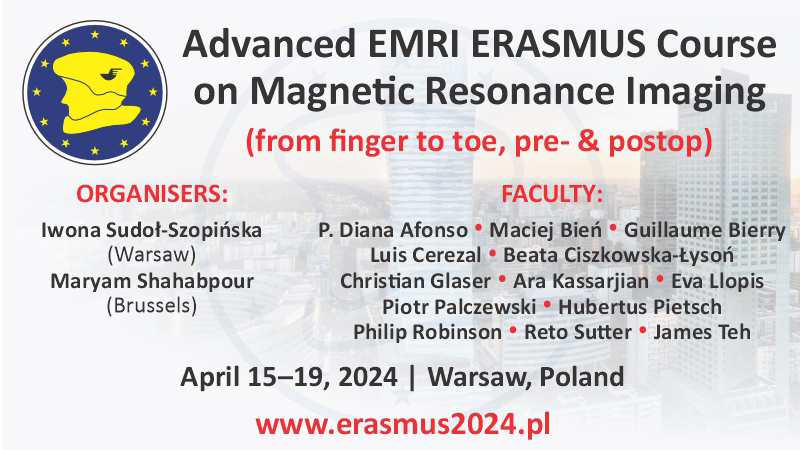Evaluation of the visibility of peri-implant bone defects using ultrasonography with two types of probes
Kaan Orhan1,2, Gozde Serindere3, Ceren Aktuna Belgin3, Mehmet Hakan Kurt1
 Affiliation and address for correspondence
Affiliation and address for correspondenceBackground: The aim of the present study was to evaluate the efficacy of intraoral and extraoral ultrasonography evaluations performed with two different types of probes (linear and “hockey stick”) for the visibility of peri-implant bone defects. Material and methods: Fourteen implants were inserted into sheep heads. Peri-implant bone defects were created without knowing the depth, which served as the gold standard for the defects. The defects were scanned with two different probe types (linear and hockey stick probes) extraorally and intraorally, using two different ultrasonography systems. For intra- and interobserver agreements for each probe types, Kappa coefficients were calculated. Results: The lowest ICC values were found in both intra- (ICC = 0.696) and interobserver reliability (ICC = 0.762) obtained with the extraorally used linear probe. There was a high agreement with the gold standard when using hockey sticky probes intraorally. For both linear probes, there were no significant differences in agreement among the two observers and the gold standard (p >0.05). Conclusions: High agreement was found when using high-frequency hockey stick probes intraorally, which means that they can be used with good effect for the evaluation of the visibility of peri-implant bone defects. To the best of our knowledge, this study is the first one on this subject. Thus, it can be stated that US can be an alternative method of examining defects. However, further studies are needed to evaluate the effectiveness of US in visualizing peri-implant bone defects.






